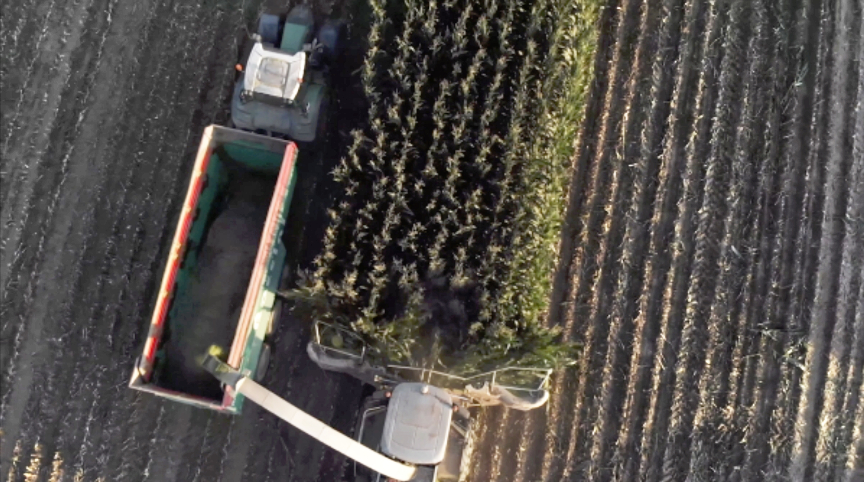
Space & Satellite Professionals International (SSPI) has released Putting a CAP on Climate Change, the organization’s newest video in the Better Satellite World campaign.

This video explores how nations in the European Union are benefiting from the fusion of multi-orbit, public and private satellite data to meet ambitious goals for reducing GHG emissions from food production. Putting a CAP on Climate Change is made possible by funding from Planet with additional support from Artel, Comtech and RKF Engineering.
Agriculture produces 1/4 of the world’s greenhouse gas emissions, more than transportation or industry. Fertilizer and animal waste don’t stay on the farm, but wash into rivers, lakes and oceans.

We need more sustainable ways to grow the food that gives us life. That’s what the European Union decided to do through changes to its Common Agricultural Policy or CAP. The CAP distributes more than €50 billion each year to support farmers and keep food affordable.
In 2019, the EU added a new goal: make European agriculture climate neutral by 2035. That would mean replacing traditional practices with sustainable ones across hundreds of millions of hectares of farmland. Is that even possible?
With the help of satellite data and imagery, it is. Using public satellite data from Europe’s Sentinel-2 mission, countries can capture visible changes in their farmers’ fields from planting to harvesting. But in some parts of Europe, governments found it hard to analyze the complicated layouts of small farms with just the available data. So, they turned to a service from Planet, a global Earth observation company.
“Before we started this project, I had no idea how much modern agriculture contributes to carbon emissions and climate change,” said executive director and video producer Robert Bell. “The EU is trying to do something hugely ambitious in supporting farmers while driving reform in farming methods. We are proud to tell the story and share Planet’s contribution to the success of the program.”
You can watch the video on SSPI’s website and on Youtube.

Inside the Story
